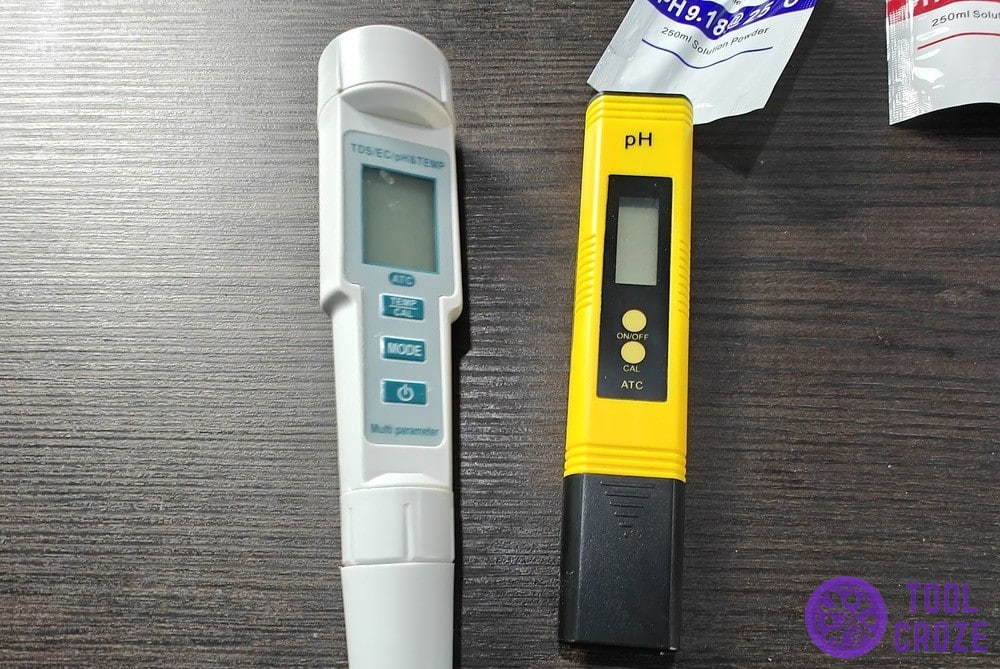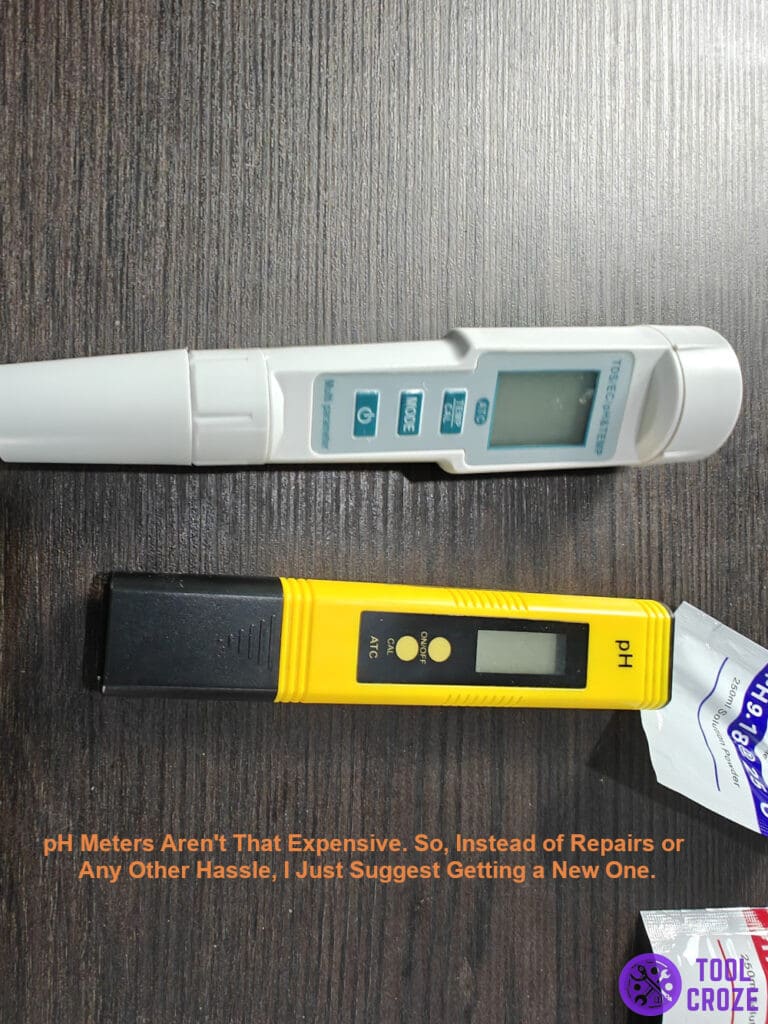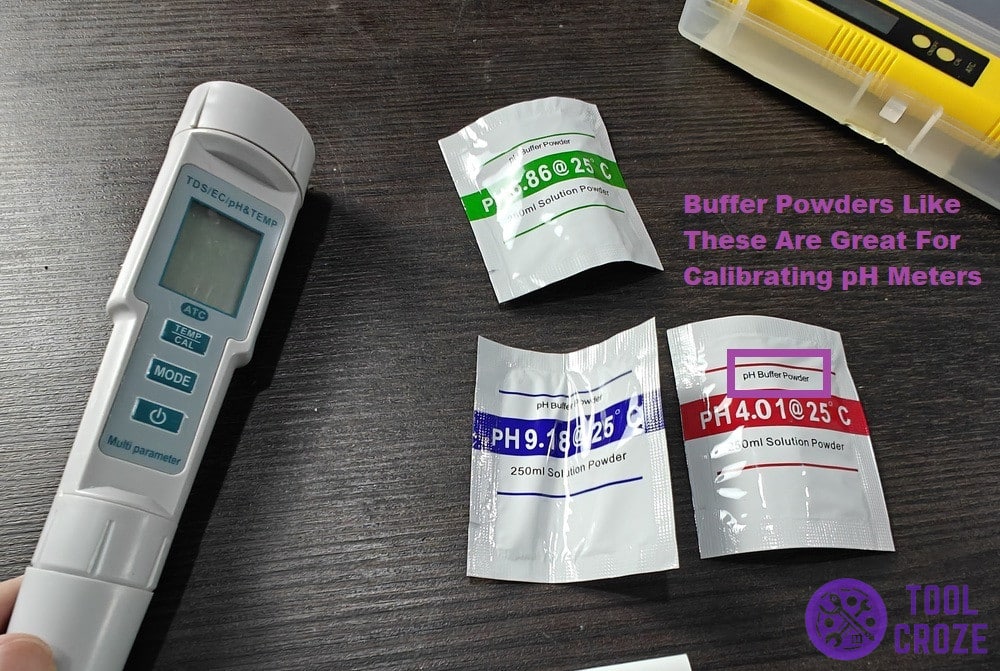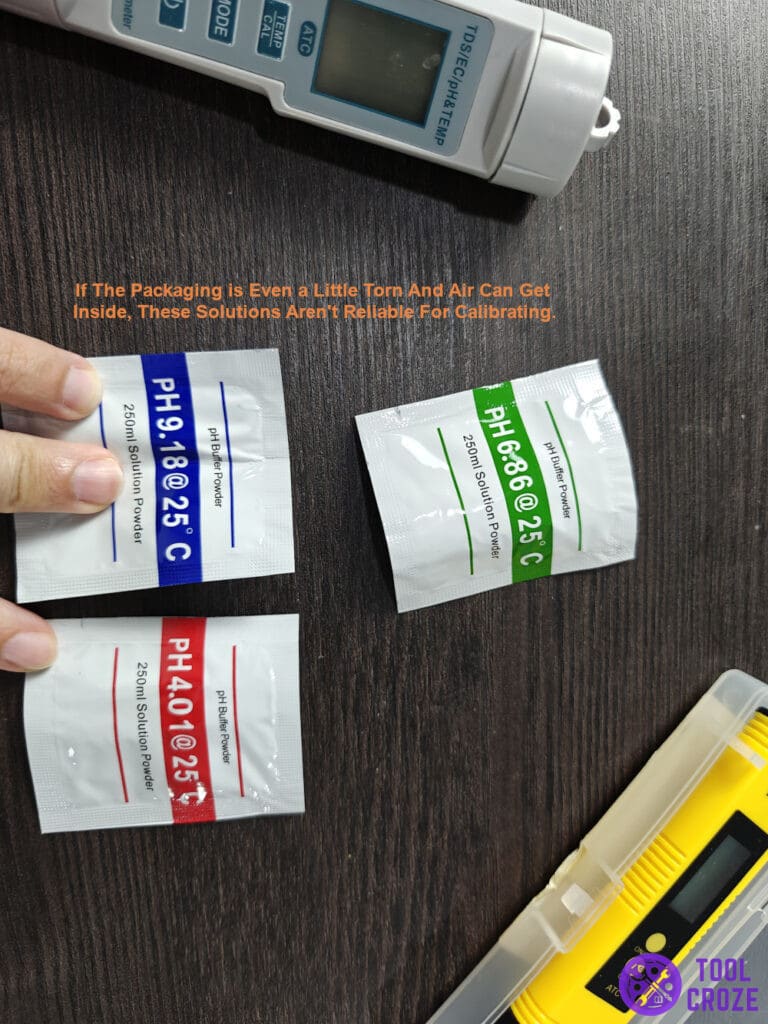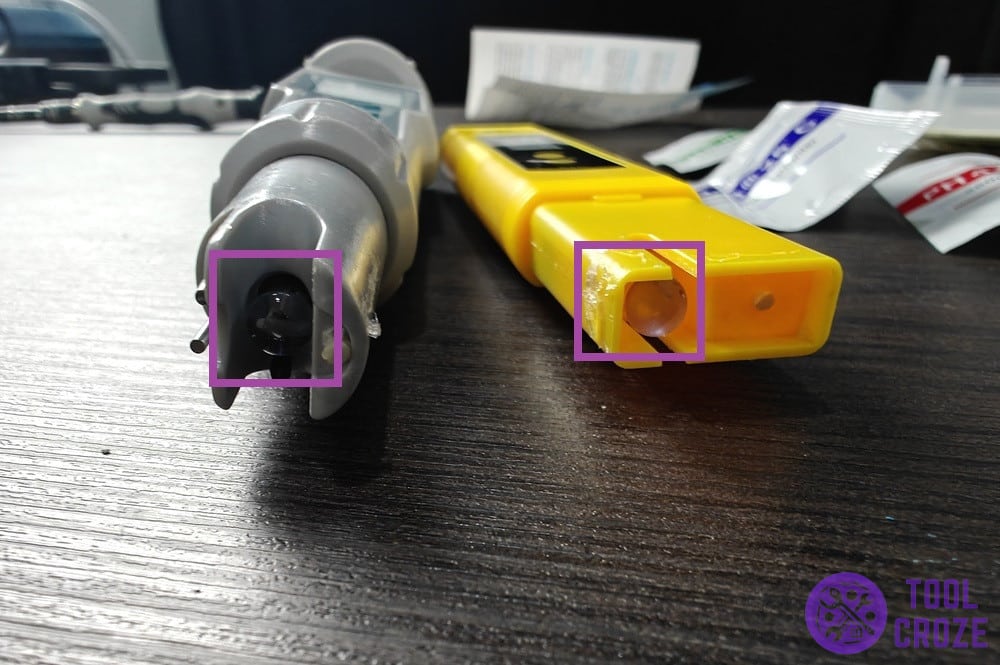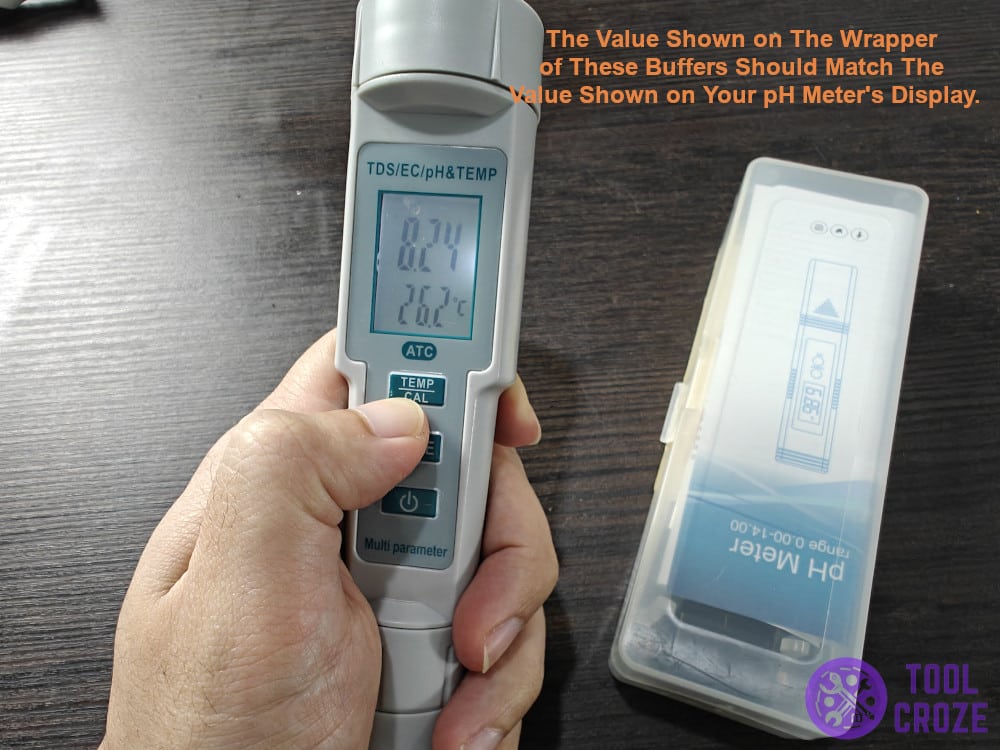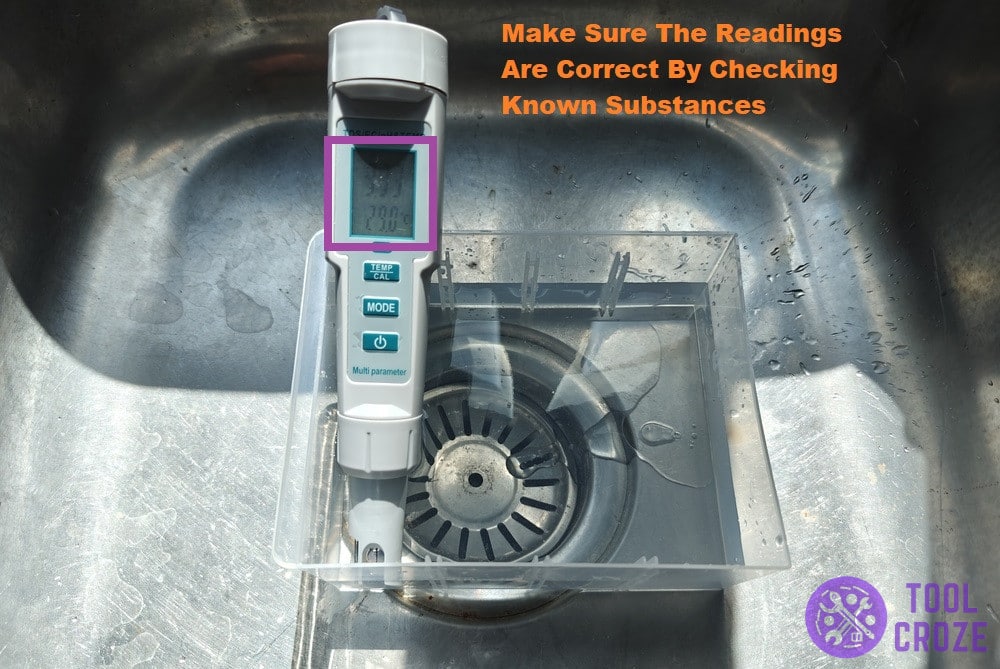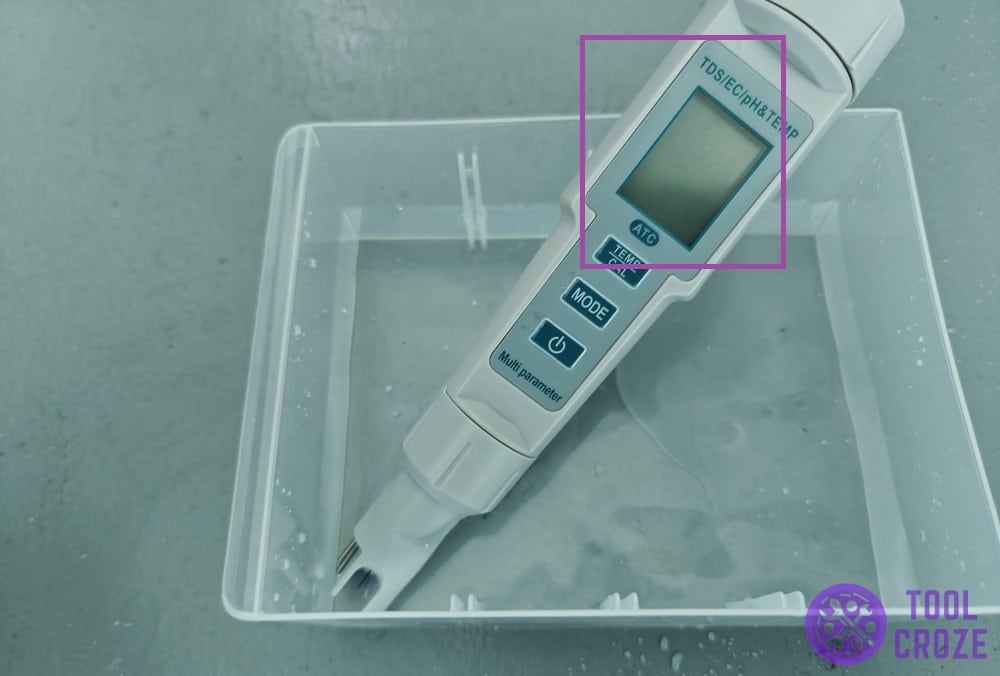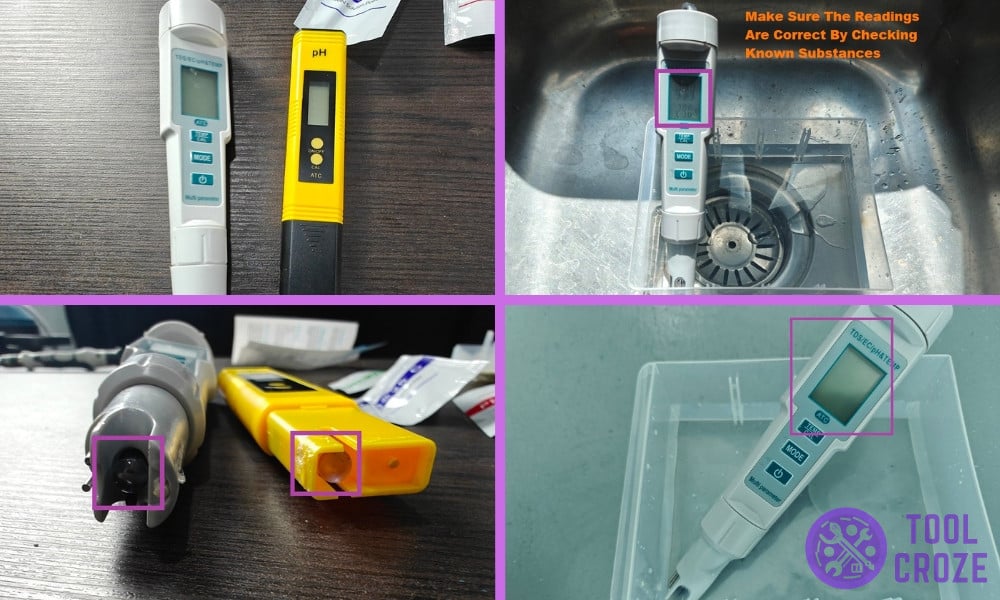
pH meters have made it easier than ever to measure the pH levels of substances, something that was once so difficult. But, sometimes, the tool itself can cause more difficulties for the user.
You probably know exactly what I’m talking about if you’re reading this. So, let’s not waste any more time and jump right into troubleshooting the most common pH meter problems!
5 Common pH Meter Problems (And Troubleshooting Them)
- Not Powering On
The biggest cause of concern for a lot of people is when their pH meter just stops powering on. Well, with battery-powered tools like this one, you don’t have to worry too much about that.
Usually, the reason for this is just a battery that’s dead. Most modern pH meters use battery cells or packs to power on. Just like the tools themselves, these batteries are pretty small too.
Smaller batteries usually last less than bigger batteries, both in charging and in life. Their battery time and lifespan are both usually shorter, and as a result you need to replace them more often.
So, if your pH meters are off like the two of mine in the image above, you might just need to change/charge the batteries. It usually isn’t a bigger issue than that.
But, in the worst cases, there can be damage to the tool. It can stop working completely, even with a new battery. This is usually because of faulty circuits or wiring inside.
pH meters aren’t that expensive. So, instead of repairs or any other hassle, I just suggest getting a new one. It’s a much better option, and a lot likelier to last longer without further problems too!
- pH Meter Not Calibrating
Calibrating a pH meter is usually a pretty easy job, especially if you’re using buffers. It’s also pretty important since it ensures you always get the right readings.
But, sometimes calibration fails. A lot of times, this is because of personal errors during the calibration process. But, if you’re sure you didn’t make any mistakes, it might be the buffers you’re using.
Always use completely fresh (unused) buffer solutions. Ensure the packs they’re inside don’t have tears. If you have no idea what I’m talking about, the little packs in the picture below are buffers.
Try to always use these, since they’re the most reliable for calibration. And, if you already use them, make sure they’re fresh and have no previous exposure.
If even that does nothing, you have a faulty sensor on your pH meter. That’s common since these probes get old after a year and aren’t fit for use after that, at which point you need a replacement.
But, even if your sensor isn’t that old, it could have damage that’s stopping it from working properly. This brings me to….
- Damaged pH Probe
Speaking of a pH probe that has damage, it’s one of the most common complaints that people with these tools make. That makes sense since these probes aren’t exactly the most durable.
For their function, sensors on a pH meter are understandably made of sensitive material. This includes things like glass, which easily breaks if it gets too hot or comes into contact with too much force.
You can see the probes on my pH meters in the picture above. You can tell they’re healthy and don’t have any damage. But if there is damage, there’s unfortunately not a lot of troubleshooting to do.
It’s not at all recommended to try and use a sensor that’s damaged in any way. Instead, replace it with a new one so that it works better and always gives you reliable measurements.
- Inaccurate Measurements
The entire reason you use a pH meter is to get measurements. Well, if those are inaccurate, there’s no use for these tools, is there?
You need to fix something like this ASAP to make the meter functional again.
Luckily, this is pretty easy to do by just calibrating the meter. This is the process of adjusting your pH meter to account for the changes in the tool over time.
For example, your tool might tell you something is 4.1 pH at one point, and then tell you that exact thing is 4.8 pH some months later. Calibration helps you account for this.
To calibrate, you need to use the pH meter on something with a predetermined pH value like I’m doing in this photo. pH buffers are what I recommend anyone should use for this process.
Depending on how incorrect the reading is from the known pH value of what you’re measuring, adjust the tool’s results. This adjustment will compensate for the discrepancy in the future.
Once you complete calibration, measurements should be accurate in the future.
- Nothing On Display
Sometimes, the entire pH meter is fully functional and working as intended. But, the only thing wrong is that the tool’s display itself stops working, meaning you can’t read any measurements.
No matter how much you smack the device, no matter what readings you take, the display just won’t show anything. Like this pH meter I have that’s in the water but still not displaying any readings.
This is a pretty big issue and it’s up to you to decide what way to fix it. In usual cases, it’s likely a damaged LED/LCD inside the tool that’s stopping the display from working properly.
That can be repaired and you can get your pH meter working again by giving it to a repairperson. But, a lot of people would argue that doing so isn’t worth it.
pH meters are pretty easy to replace since they aren’t the most expensive devices. So, if you have a cheap one, I’d recommend just replacing it.
But, if you have a high-quality pH meter that you aren’t ready to lose just yet, just get the display repaired.
It won’t be possible to do at home, but a repairperson should have just the things needed to take care of the job and get your pH meter’s display working as it should be!

